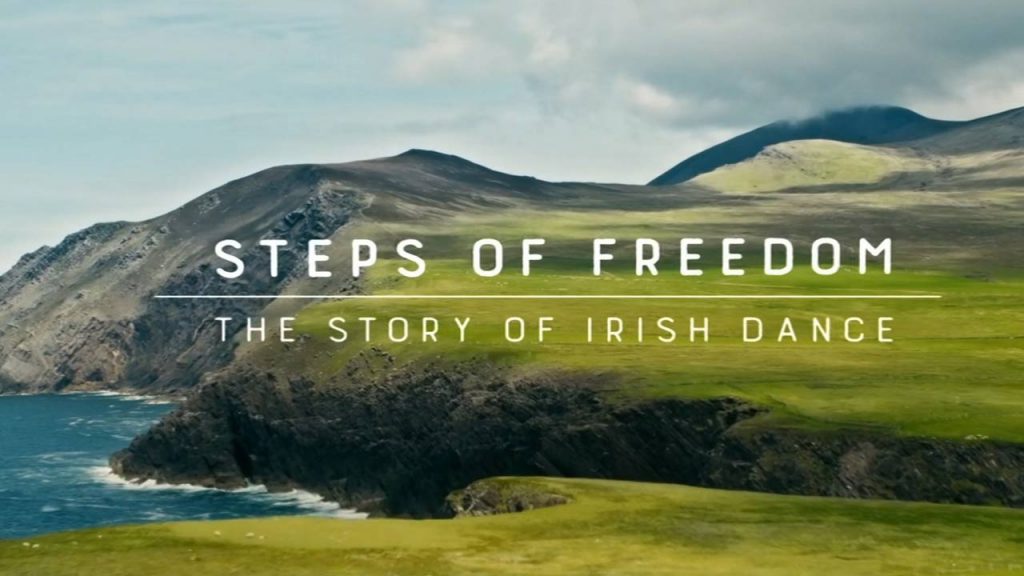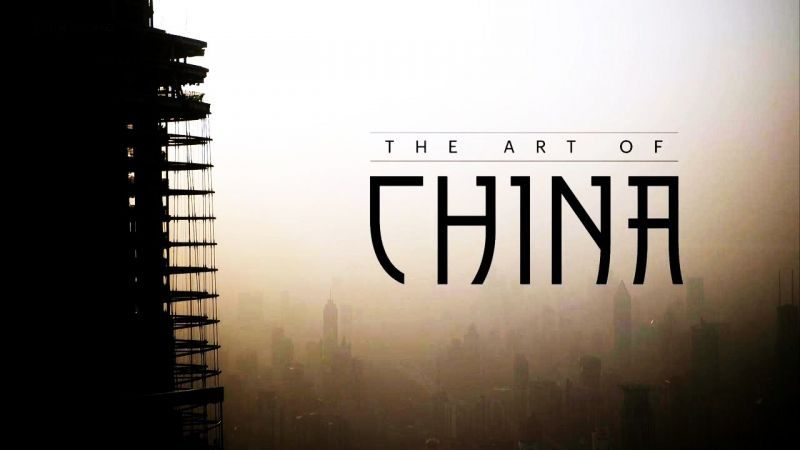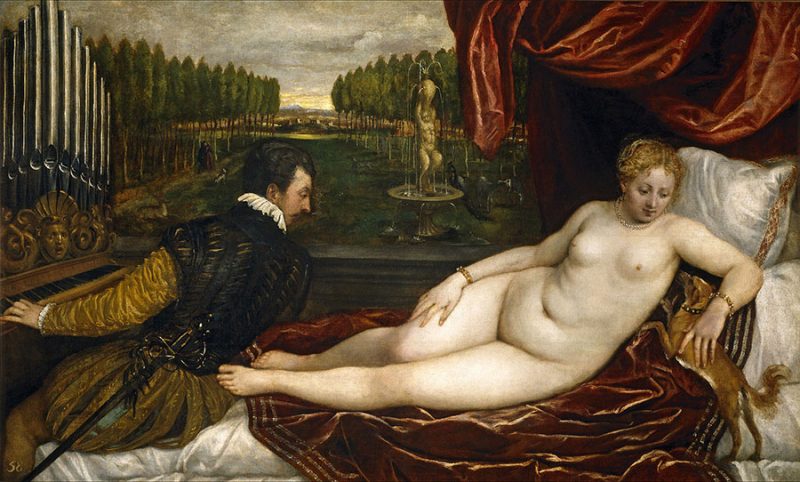Steps of Freedom – The Story of Irish Dance: Across the world, Irish dance has captivated people’s imaginations, with millions of people in more than 60 countries learning the style, and hundreds of millions more having watched it on TV and on stage. This documentary tells the story of how it evolved from a traditional peasant dance to become a global phenomenon.
Steps of Freedom: The Story of Irish Dance, a major entertainment documentary tells for the first time the story of how Irish dance developed over centuries from the traditional dance of the Irish people to become the global phenomenon it is today, where major Irish dance shows reach audiences of millions and dance schools in more than 60 countries teach Irish dancing to people often with no links at all to Ireland.
Produced with a cinematic sensibility and featuring specially choreographed original performances by some of the greatest Irish dance practitioners of our day, stunning cinematography, a host of expert dance practitioners and historians and a wealth of archive including films, photographs and witness accounts, the documentary reveals how Irish dance has been practiced and has changed over the last 2,000 years.
Steps of Freedom: The Story of Irish Dance
Irish Dance refers to a group of traditional dance forms originating from Ireland, encompassing dancing both solo and in groups, and dancing for social, competitive, and performance purposes. Irish dance in its current form developed from various influences such as earlier native Irish dance, English country dancing and later possibly French quadrilles, as it became popular in Britain and Ireland during the 19th Century.
Dance was taught by “travelling dance masters” across Ireland in the 17th-18th century, and separate dance forms developed according to regional practice and differing purposes. Irish dance became a significant part of Irish culture, particularly for Irish nationalist movements. From the early 20th century, a number of organisations promoted and codified the various forms of dance, creating competitive structures and standardised styles. Irish dancers who compete for competitive reasons dance in a dance style that’s more modern than traditional Irish dance. It is mainly done solo, but there is some team dancing in groups of 2, 3, 4, 6, 8, 10, 16 and even numbers on wards. Competitive Irish dancers wear dresses heavily crystalled in Swarvoski and beam on stage. Competitive Irish dancers may also wear large wigs and stage makeup.
Solo Irish dance includes the most well-known form of Irish dance, Irish stepdance, which was popularised from 1994 onwards by shows such as Riverdance, and which is practised competitively across not only the Irish diaspora but to many more people who have disparate cultural backgrounds. Stepdance is characterised by the rigid upper body and intricate footwork of its performers. Other forms of solo Irish dance include sean-nós dance, a relaxed and social dance style involving improvised steps, and festival Irish dance, a style which separated from step dance in the mid-20th century.
Irish dancing in groups is made up of a number of styles and traditions, which developed from French and English dances and formations. Ceili dance, practised both competitively and socially, is performed by groups of two to sixteen people, and often uses traditional or codified dances and formations. Its footwork is simple, and emphasis is placed on the figures and formations of the dances. Set dance is primarily a social tradition, for groups of four dancers, and includes elements of the intricate footwork found in step dance.





Pleased to see an RTE doc. I enjoy Ireland’s TG4 docs also.